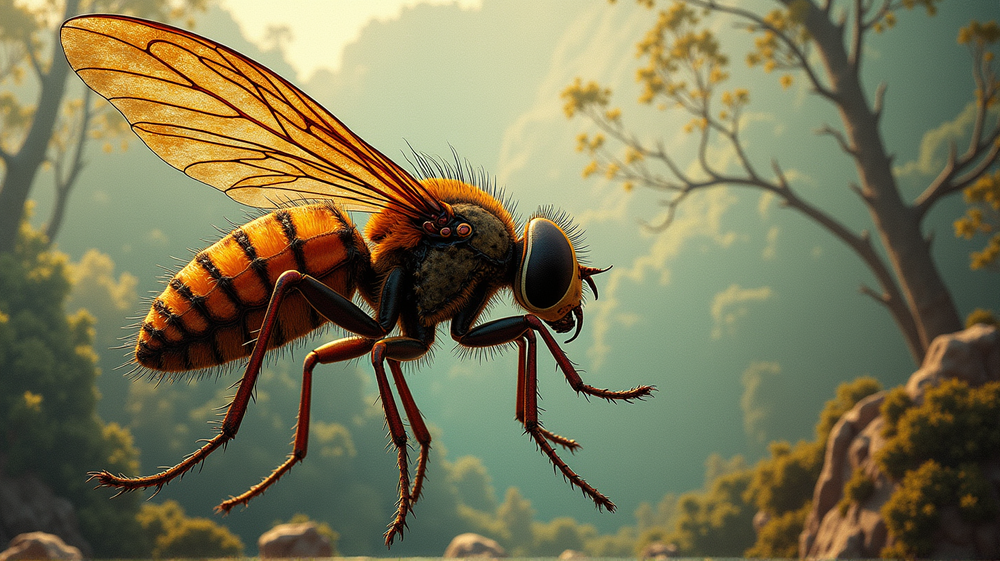Ancient Insect Brings Freshwater Narratives to Life
Recent fossil discoveries in Australia have yielded a game-changing revelation in the world of evolutionary biology. A preserved midge from the Jurassic period, named Telmatomyia talbragarica, showcases characteristics that were assumed exclusive to marine environments, thrusting Australian prehistory into an exciting spotlight. The find, as noted by researchers from the Spanish National Research Council (CSIC), challenges preconceived notions about where freshwater insects first evolved.
The Sacred Rock Beds of Talbragar
In the serene expanse of the Talbragar fish beds in New South Wales, the fossil of Telmatomyia talbragarica was uncovered, revealing startling evolutionary traits. This fossil, part of the Chironomidae family, illustrates adaptations to freshwater life that share similarities with marine organisms’ evolutionary designs. More so, it captures the essence of evolutionary twists and indicates a possible Gondwanan origin for these tiny yet resilient creatures. According to Science Daily, this discovery has significant implications for understanding insect distribution patterns.
Echoes from Gondwana – Rewriting History
For decades, the Northern Hemisphere’s fossil record suggested a Laurasian origin for many insect groups. However, this ancient midge hints at Southern Hemisphere beginnings, calling for a re-evaluation of entomological evolution. Tracing back to Gondwana, a supercontinent that housed the ancestors of today’s Southern Hemisphere landmasses, the narrative embraces a new chapter. The findings unravel tales of vicariance and evolution, supporting theories once posited by Lars Brundin about Gondwanan diversification.
Fossil Record Limitations and Misconceptions
Despite this thrilling discovery, the fossil record remains incomplete and rife with biases, primarily favoring the Northern Hemisphere’s abundance of well-preserved specimens. Southern Hemisphere fossils are scarce, often leading to distorted perceptions of species origins. As Matthew McCurry from the Australian Museum remarks, entrenched misconceptions about biogeographic history may begin to unravel as more southern discoveries surface.
Converging Histories with Modern Implications
The implications of this find are profound. As researchers further analyze the Talbragar midge using genomics, they hope to unravel the dispersal methods post-Gondwana. This data could illuminate more than just midges’ migratory patterns; it may inform modern biodiversity conservation efforts. By decoding ancient DNA and structural adaptations, scientists can forge connections to contemporary ecological dynamics, opening doors to new conservation strategies for endangered species globally.
The legacy of Telmatomyia talbragarica runs deep, embodying more than ancient life—it grants modern science a lens to view Earth’s evolutionary tapestry. As researchers dive deeper into the stream of history, they find currents of knowledge ready to redefine our understanding of life’s resilience, adaptability, and interconnected origins.












